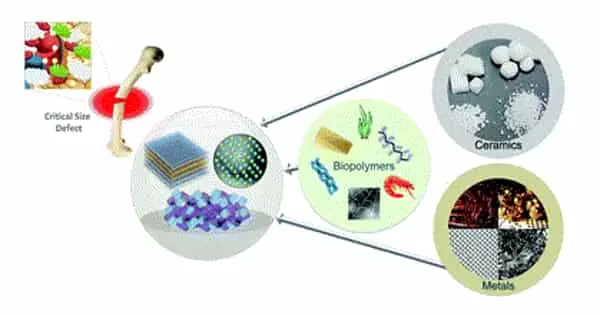Gene structure is the arrangement of specialized sequence fragments within a gene. Genes provide the majority of the information required for live cells to survive and multiply. The structure of a gene refers to the exact sequence and organization of DNA that encodes information for the synthesis of a functional product, often a protein or a non-coding RNA molecule. Most species’ genes are formed of DNA, and the specific DNA sequence defines the gene’s function. Genes are the fundamental components of heredity and play a critical role in determining an organism’s traits and functions.
A gene is transcribed (copied) from DNA into RNA, which can be either non-coding (ncRNA) or an intermediate messenger (mRNA) that is then translated into protein. Specific sequence elements, or regions, within the gene control each of these phases. As a result, each gene requires numerous sequence fragments to operate. This includes both the sequence that encodes the functional protein or ncRNA and several regulatory sequence sections. These regions can range in length from a few base pairs to many thousands of base pairs.
Here is a basic overview of the typical structure of a gene in eukaryotic organisms (such as humans, animals, and plants):
- Promoter Region: This is the regulatory region at the start of a gene. It includes regions that regulate when and where the gene is expressed (transcribed into RNA). RNA polymerase, the enzyme that initiates transcription, recognizes promoters.
- Transcription Start Site: This is the nucleotide at which transcription begins. The promoter region is bound by RNA polymerase, which unwinds the DNA and begins transcribing the gene’s DNA sequence into a corresponding RNA molecule.
- Coding Region: This section of the gene carries the instructions for constructing a protein or, in some situations, a functional RNA molecule. It is made up of coding segments called exons and non-coding sequences called introns. The initial transcript (pre-mRNA) in eukaryotes contains both exons and introns.
- Exons: Exons are the segments of DNA within the coding region that are retained in the final mature RNA transcript. They contain the information needed to specify the amino acid sequence of a protein.
- Introns: Introns are non-coding sequences within the coding region of a gene. They are transcribed into the primary RNA transcript but are typically removed during a process called RNA splicing. The remaining exons are joined together to form the mature mRNA.
- Termination Sequence: This is the sequence of DNA that signals the end of the gene and the termination of transcription. RNA polymerase dissociates from the DNA, and the newly synthesized RNA molecule is released.
- 3′ Untranslated Region (3′ UTR): After the termination sequence, there is often a region of the gene that is transcribed into the mRNA but is not translated into protein. The 3′ UTR can contain regulatory elements that affect mRNA stability, localization, and translation efficiency.
Much of the gene structure in eukaryotes and prokaryotes is identical. These fundamental features are essentially the product of cellular life’s shared heritage in organisms over 2 billion years ago. Gene structural discrepancies between eukaryotes and prokaryotes reflect their diverse transcription and translation machinery. Understanding gene structure is the starting point for learning about gene annotation, expression, and function.
A gene’s structure is the exact sequence and arrangement of DNA that encodes information for the synthesis of a functional product, which is often a protein or a non-coding RNA molecule. Genes are the basic units of heredity, and they play an important part in determining an organism’s features and activities.
















